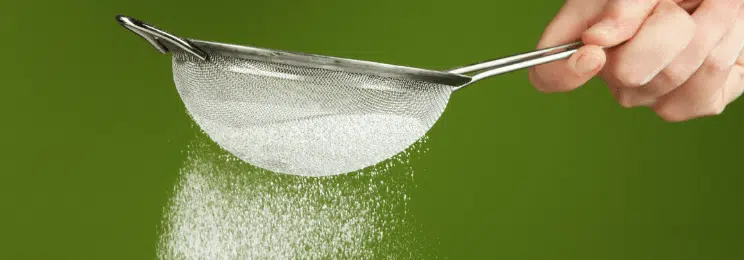Is the Donor Funnel Actually a Donor Sieve?




A few weeks ago I was chatting with some non-profit industry peers. They were discussing their organizations’ donor journeys.
A lot of similar terms came up through the conversation.
Donor funnel. Donor pyramid. Donor staircase.
Most of us hear these terms over and over. Many of us use them. No matter how you slice it, we tend to look at the donor journey through the lens of what is happening in for-profit marketing and communications.
The donor funnel, if you’re not familiar with the model, can vary depending on who you’re speaking with, or what article you’re reading. The idea is more-or-less illustrated by the model above. The first step is to make potential donors aware of your organization, then they funnel down, leaving some at levels along the way, until you develop a relatively small number of major gift donors relative to the total number of folks aware of and engaging with your organization.
This doesn’t sit well with me. A donor journey is very different than a sales journey. Donors are investors in our missions, not customers of our products.
That’s one of the reasons I don’t like the donor funnel model.
There are several more. The idea that donors interact with your organization in a way that can be represented by a straight line is inaccurate. Fundraisers know this. Hardships, family tragedy, personal issues, and negative experiences with an organization can drastically alter how a donor perceives — and interacts with — your non-profit. Most egregious (in my opinion) is that the funnel model also removes fundraisers from the process. Fundraisers aren’t just observing a donor’s journey, we are active participants; we’re their guides.
It’s time to retire the donor funnel. The analogy doesn’t work. In reality, we’re not funneling down (or moving up a pyramid) the most engaged donors with the highest capacity for giving. We’re really filtering out the donors who don’t react exactly how we expect them to exactly when we expect them to.
It’s not a funnel. It’s a sieve. We’re spending all this time and effort to “move people down the funnel” and in reality, we’re sifting out many of our supporters. These folks deserve just as much time and attention as those with a high capacity for giving. A small gift, or even no gift, but other avenues of support like volunteerism and advocacy, can be even more valuable to our causes than a large monetary gift.
The funnel isn’t an accurate reflection of good fundraising.
2020 is the year to redefine the donor journey. It’s time to think of a nonprofit donor’s journey like a tree.
As a fundraiser, you’re vital to the process of creating a great experience for your donor. Good fundraisers do not push donors through a funnel, they nurture a donor’s interest. That’s the seed. A fundraiser should be giving time and attention to all of the supporters of an organization. Hopefully, the donors will grow from this care. This might not necessarily be reflected in their giving, but will be evident somewhere. Maybe in their involvement, emotional connection, and personal fulfillment. If a fundraiser has done well in nurturing this seedling, maybe when the plant grows and produces fruit, hopefully, the organization will be invited to share in the harvest.
Thinking of donor journeys in this way is much more donor-centric and more reflective of the work successful fundraisers are doing. Not only does it create more opportunity to see the value in supporters, but it puts fundraisers visibly back into the process and illustrates the effort that we put into cultivating relationships with donors of all levels.


Comments